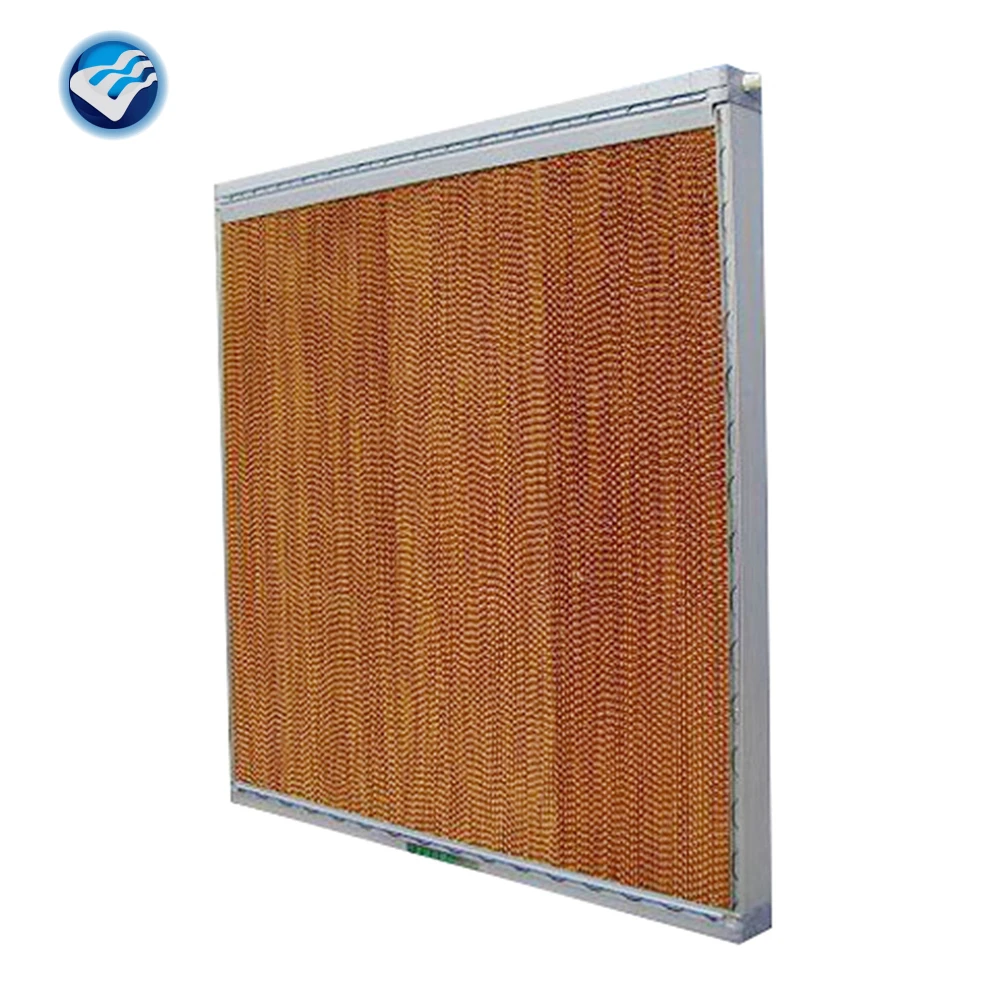Poultry Housing Solutions for Optimal Chicken Welfare and Productivity
Nov . 30, 2024 19:40 Back to list
Poultry Housing Solutions for Optimal Chicken Welfare and Productivity
The Role of Chicken Poultry Cages in Modern Agriculture
As the global demand for poultry products continues to soar, the poultry farming industry faces the challenge of enhancing production efficiency while ensuring animal welfare. One significant innovation in this field has been the use of chicken poultry cages. These enclosures provide a controlled environment for hens, optimizing space and improving management practices. This article delves into the concept of chicken poultry cages, their benefits, and the ongoing discussions surrounding their use in agricultural practices.
Understanding Poultry Cages
Chicken poultry cages are structures designed to house chickens in a manner that maximizes their health, comfort, and productivity. Typically made from metal, these cages can be arranged in a variety of configurations, from individual units to multi-tier setups. Cage systems are common in commercial egg production, as they allow farmers to manage large numbers of birds efficiently.
One of the primary types of poultry cages is the battery cage. These cages are designed to hold several hens in close quarters, providing each bird with the minimum required space. While this system has been popular for its cost-effectiveness and space efficiency, it has sparked significant debate over animal welfare standards.
Benefits of Chicken Poultry Cages
The use of poultry cages offers several advantages for both producers and consumers. Firstly, cages facilitate more efficient use of space. In environments where land is limited, such as in urban or suburban farming, cages allow for high-density production. This maximization of space leads to lower costs of production, which can benefit consumers through more affordable poultry products.
chicken poultry cage

Secondly, poultry cages can help in disease management. By confining chickens in a controlled environment, it is easier for farmers to monitor their health, implement biosecurity measures, and reduce the spread of infectious diseases. This management is crucial for preventing outbreaks that could not only affect the health of the birds but also have significant economic implications for farmers.
Moreover, cages can enhance egg production efficiency. Hens in cages tend to have a consistent environment that can be closely regulated in terms of light, heat, and nutrition, resulting in higher egg yields compared to free-range systems. This controlled approach allows for better overall production management, which is vital in meeting consumer demands.
The Controversy Surrounding Poultry Cages
Despite their benefits, chicken poultry cages have been subjected to scrutiny, particularly regarding animal welfare. Critics argue that battery cages restrict natural behaviors and cause undue stress to the birds. The limited space prevents hens from exhibiting important actions such as nesting, foraging, and social interactions. This concern has led to a growing demand for alternative farming practices, including cage-free and free-range systems.
In response to these criticisms, many farmers and companies are transitioning towards more humane methods of poultry production. Some are adopting enriched cages, which provide hens with slightly more space and features such as perches and nesting areas. Others are shifting entirely to cage-free systems, allowing hens to roam freely within a barn environment. These changes reflect a broader societal movement towards more ethical food production practices.
Conclusion
Chicken poultry cages play a vital role in the modern agricultural landscape, offering efficiencies in space utilization and production management. However, the ongoing discussions surrounding the ethical implications of using such systems highlight the need for a balanced approach that considers both productivity and animal welfare. As consumer preferences evolve and demand for humane treatment of animals grows, the poultry industry will likely continue to adapt, paving the way for innovative solutions that align with the values of today’s society. The future of poultry farming may well hinge on finding ways to combine efficiency with compassion, ensuring that the industry not only meets the demands of the present but also safeguards the welfare of its animals.
-
Automatic Feeding Line System-Pan Feeder Nipple Drinker|Anping County Yize Metal Products Co., Ltd.
NewsJul.29,2025
-
Hot Sale 24 & 18 Door Rabbit Cages - Premium Breeding Solutions
NewsJul.25,2025
-
Automatic Feeding Line System Pan Feeder Nipple Drinker - Anping County Yize Metal Products Co., Ltd.
NewsJul.21,2025
-
Automatic Feeding Line System Pan Feeder Nipple Drinker - Anping County Yize Metal Products Co., Ltd.
NewsJul.21,2025
-
Automatic Feeding Line System - Anping Yize | Precision & Nipple
NewsJul.21,2025
-
Automatic Feeding Line System - Anping Yize | Precision & Nipple
NewsJul.21,2025






